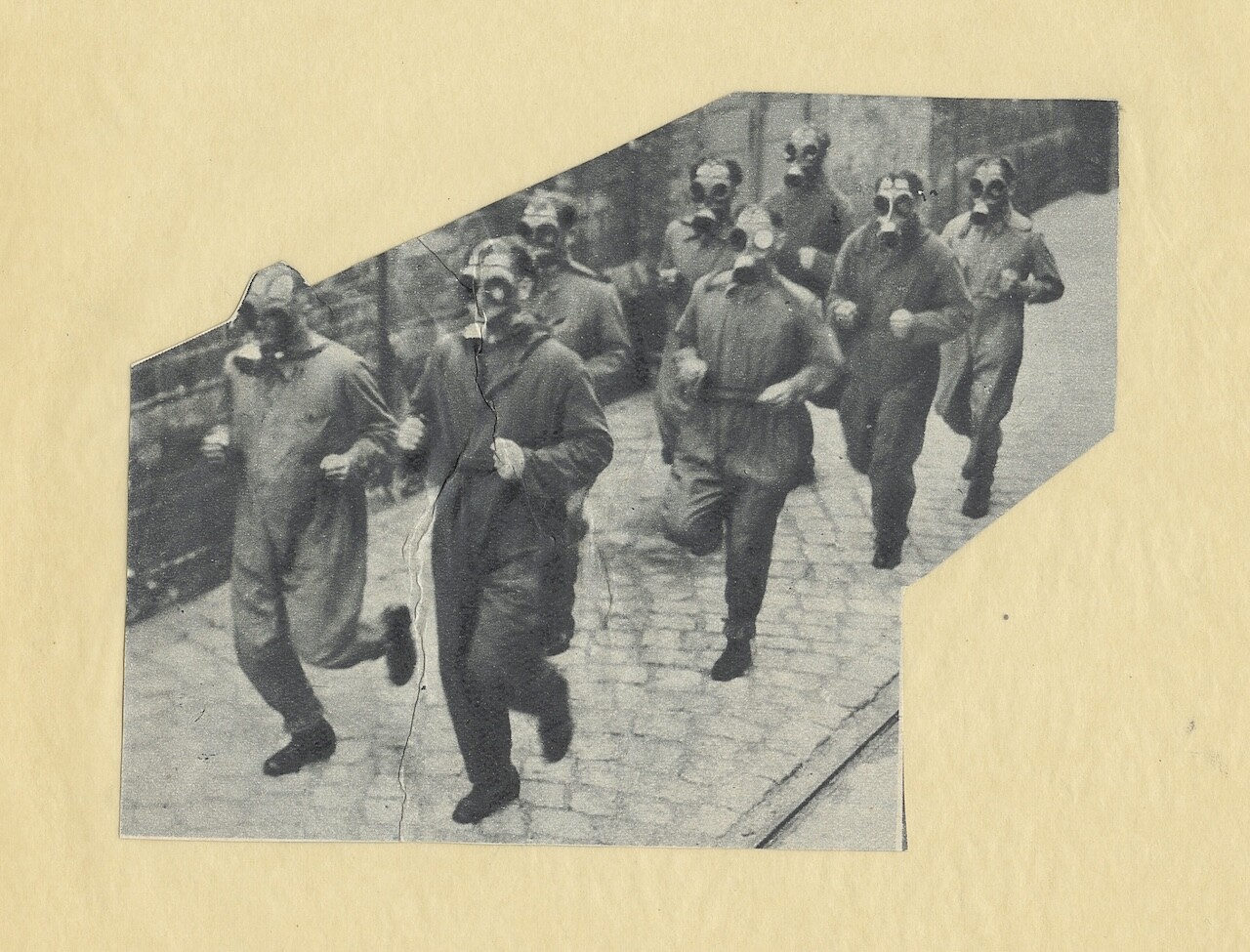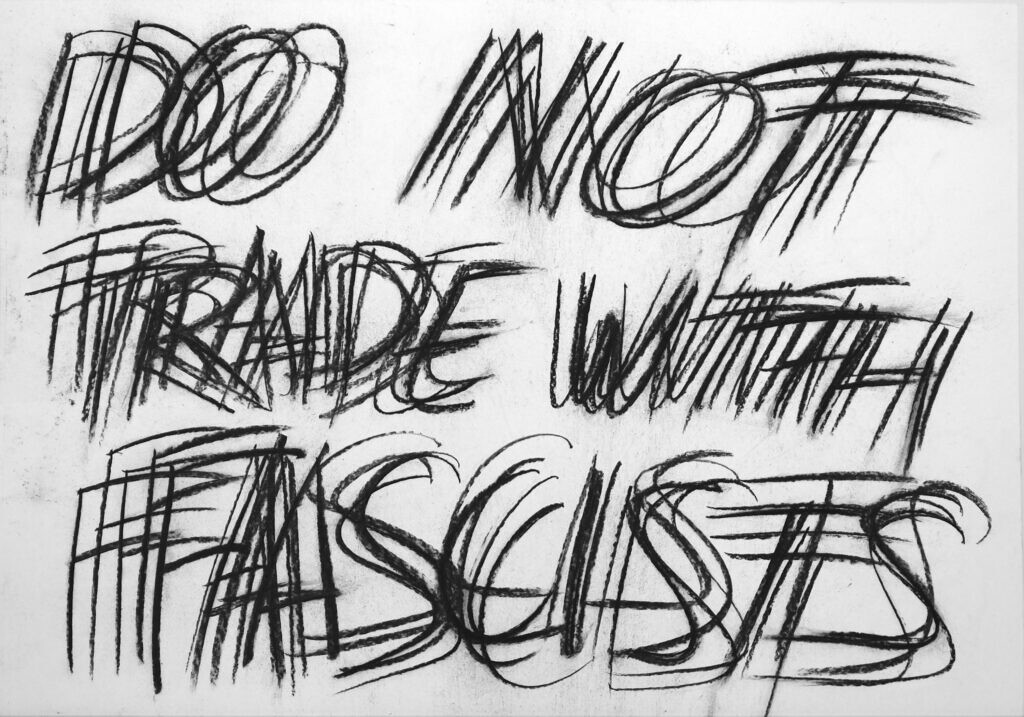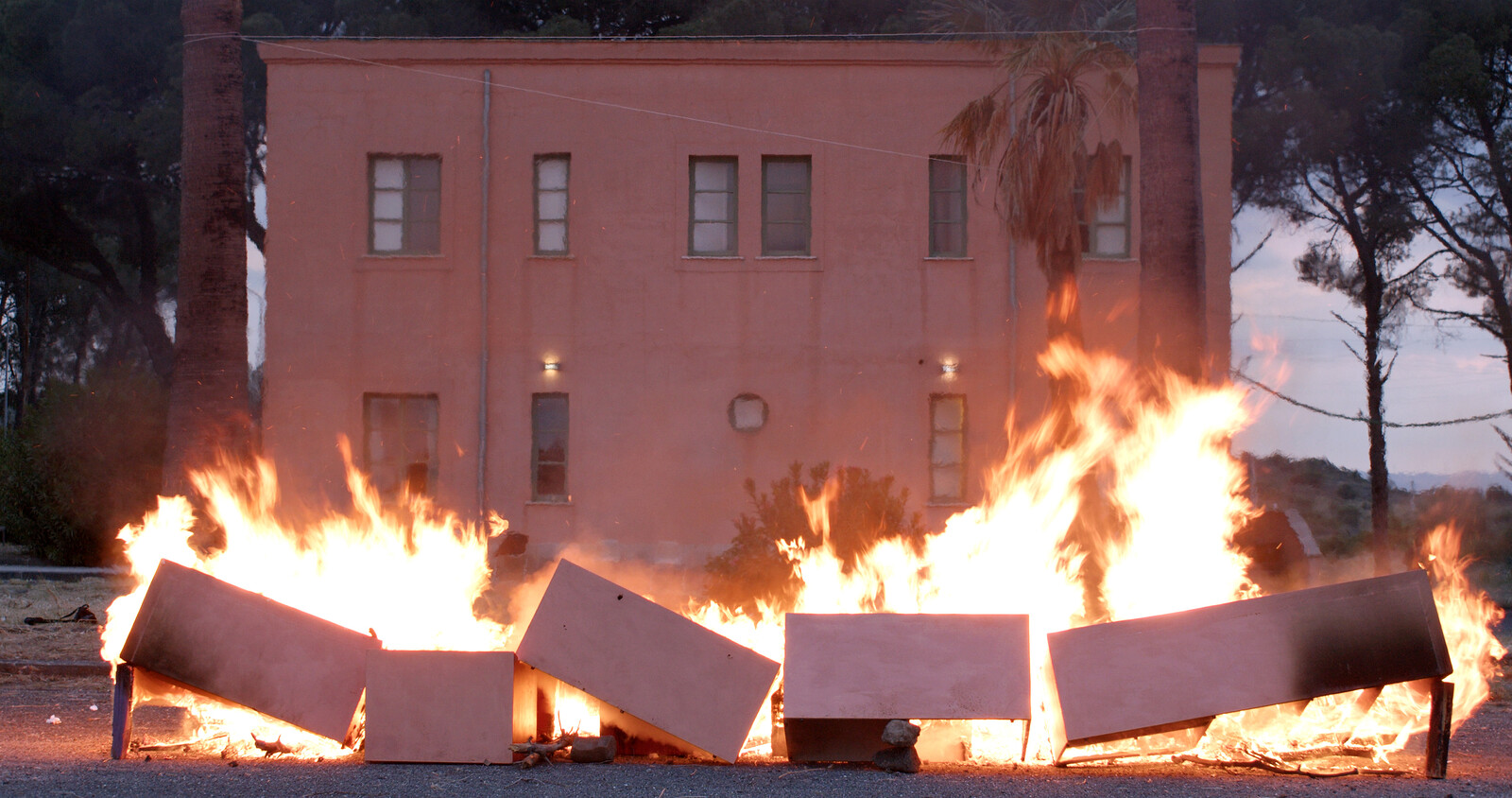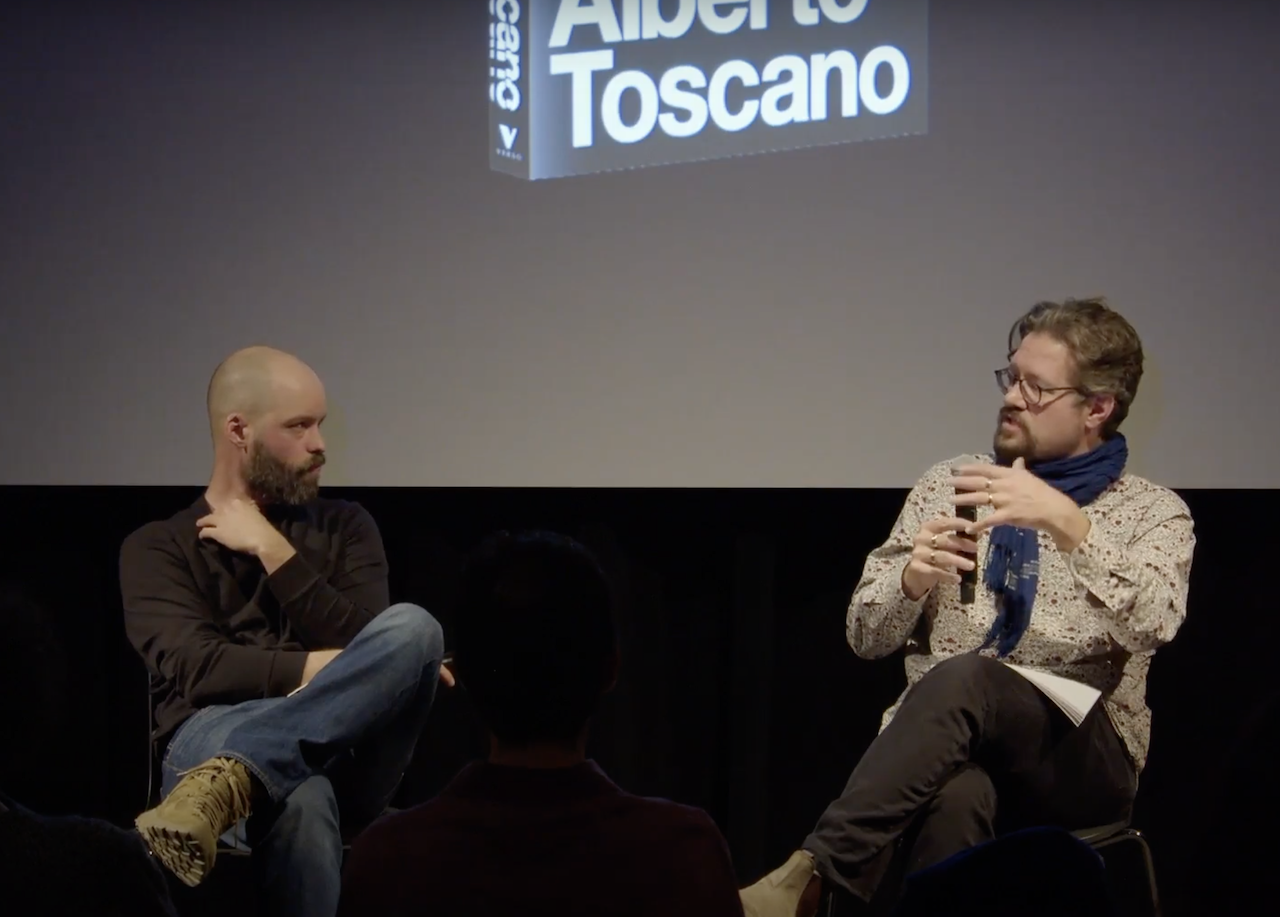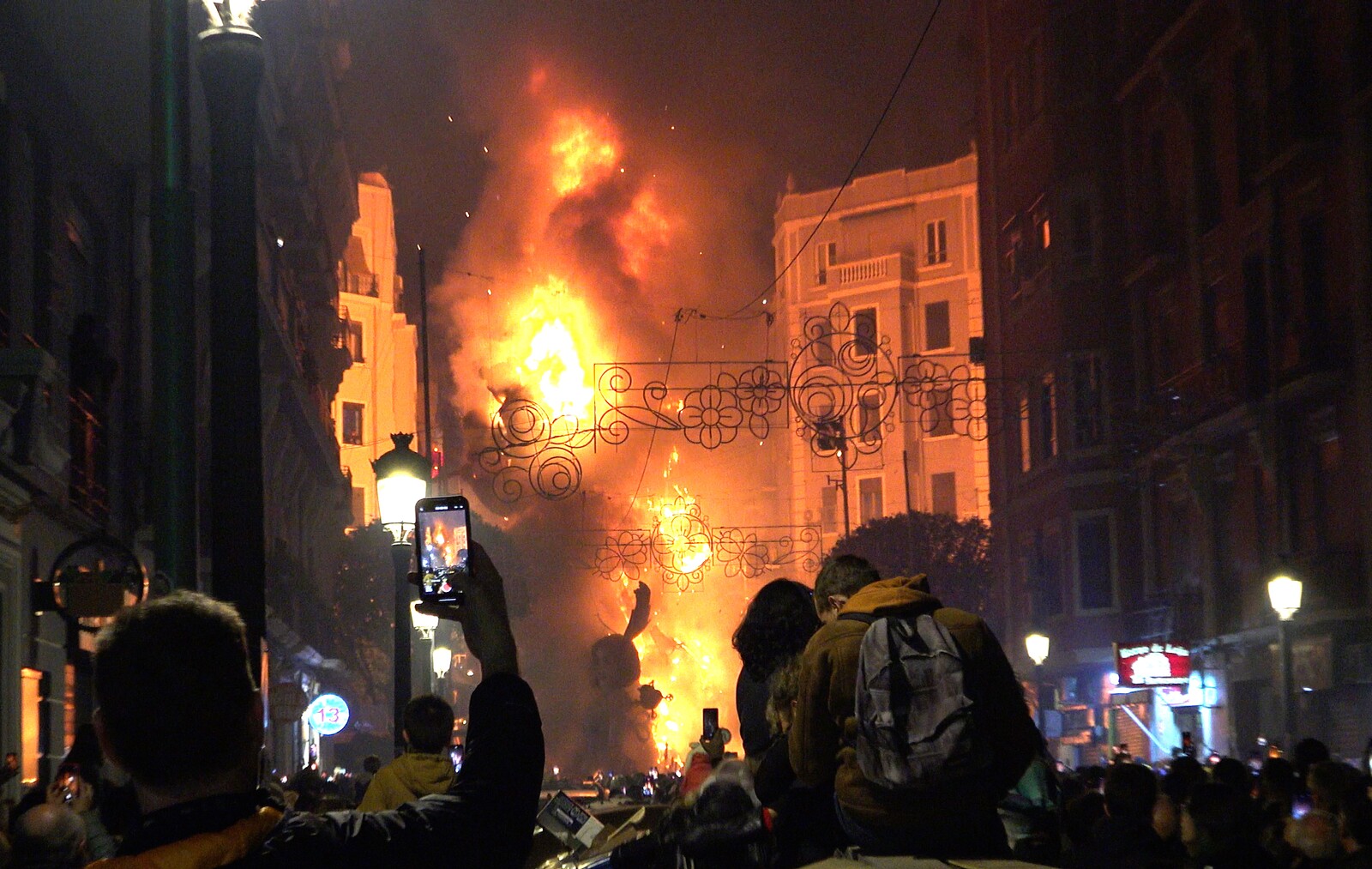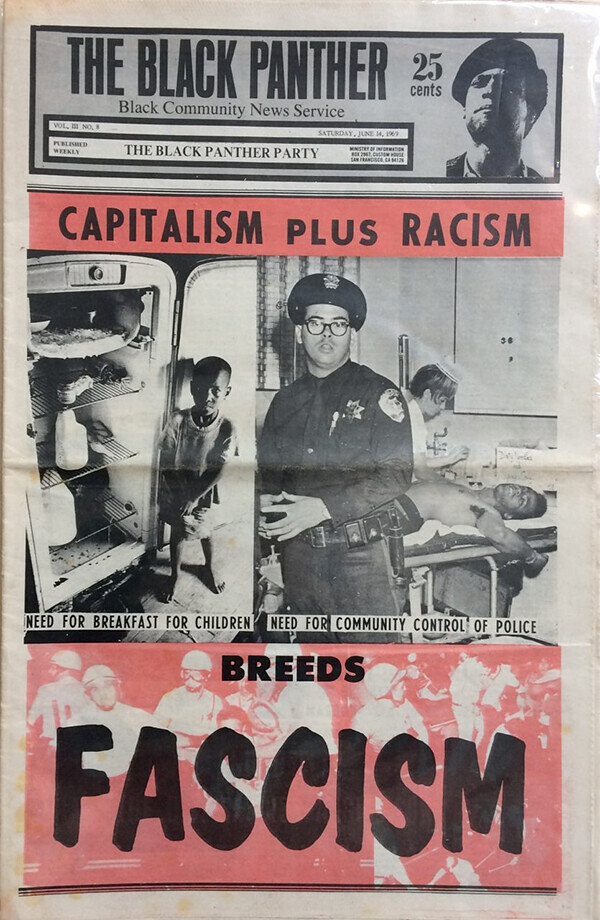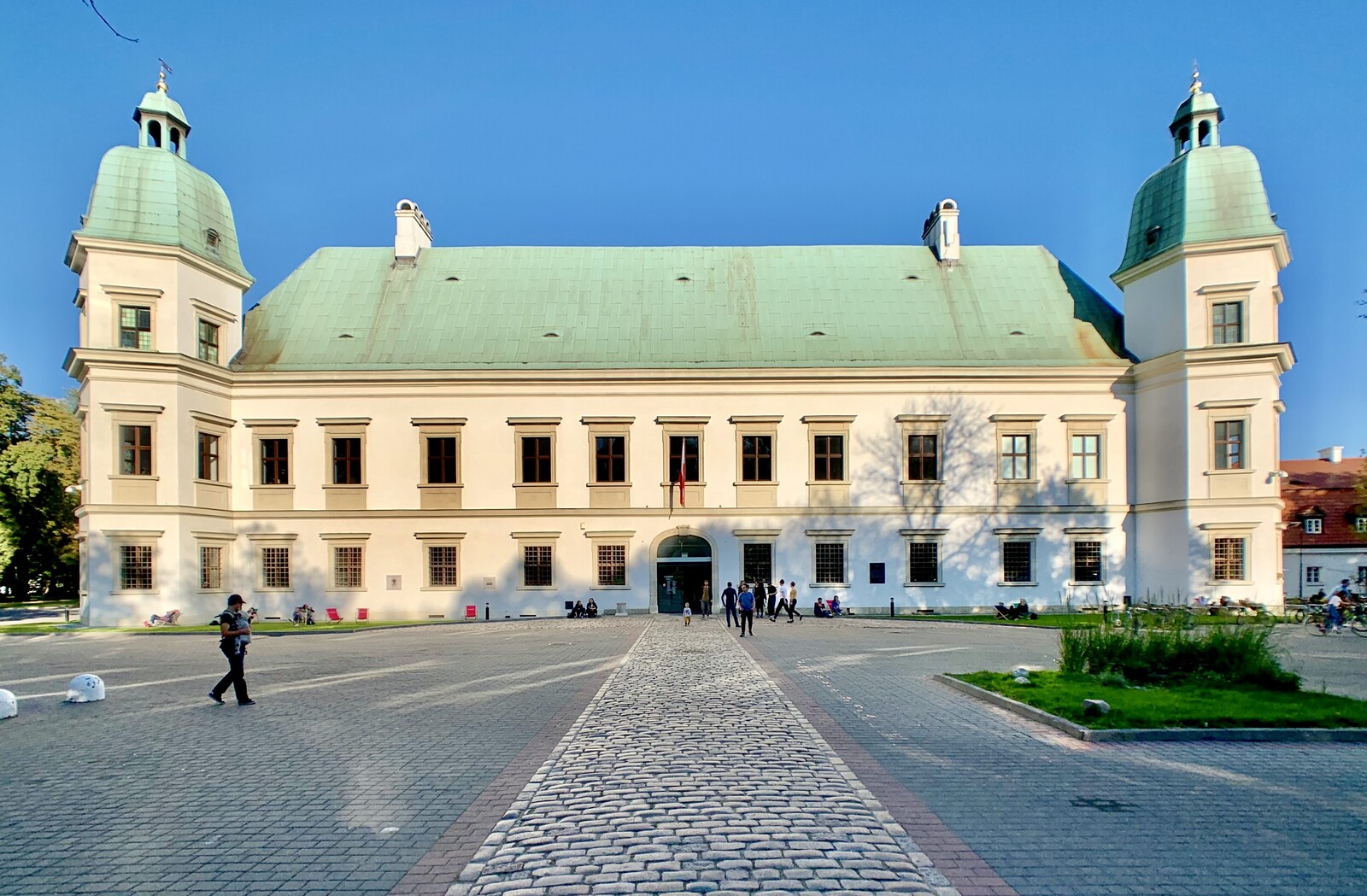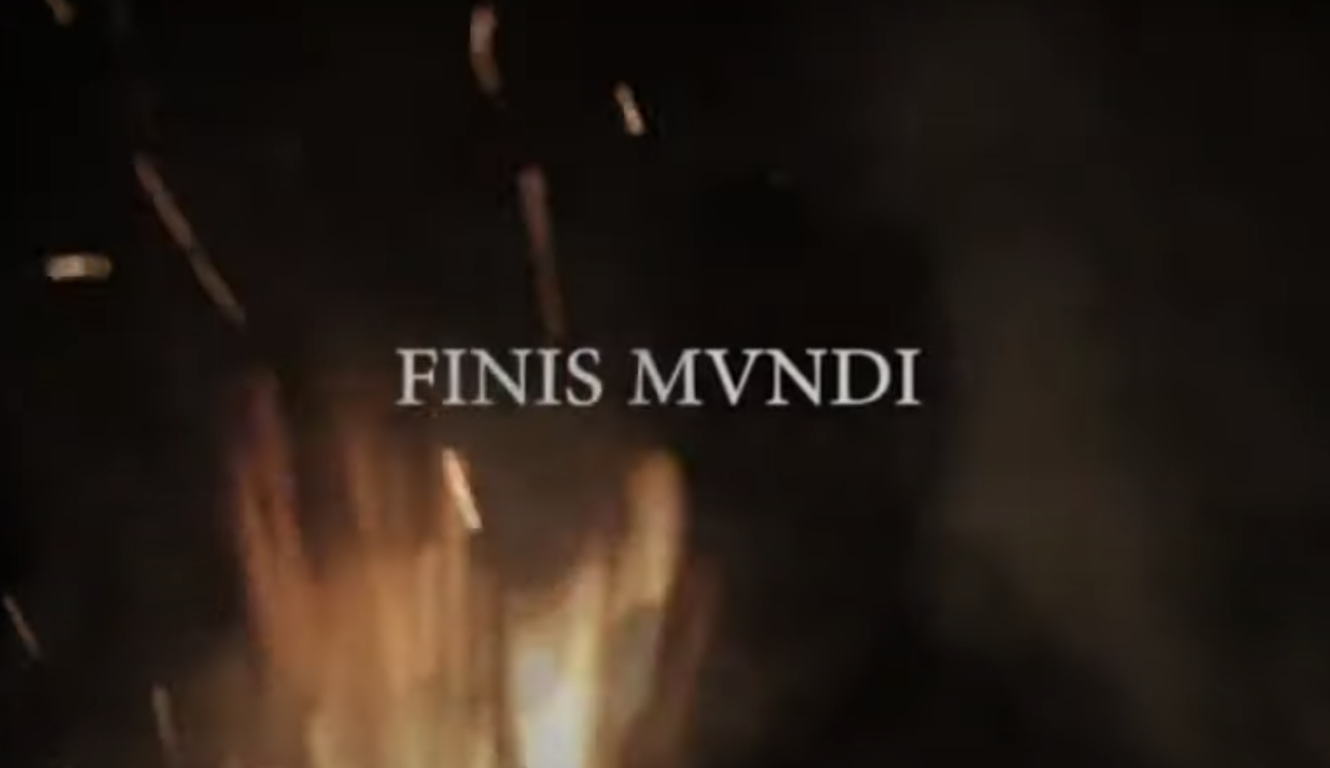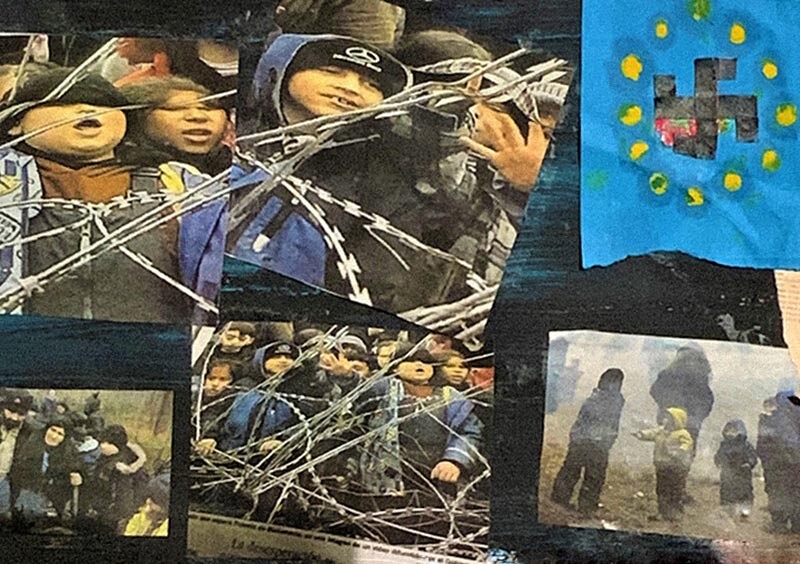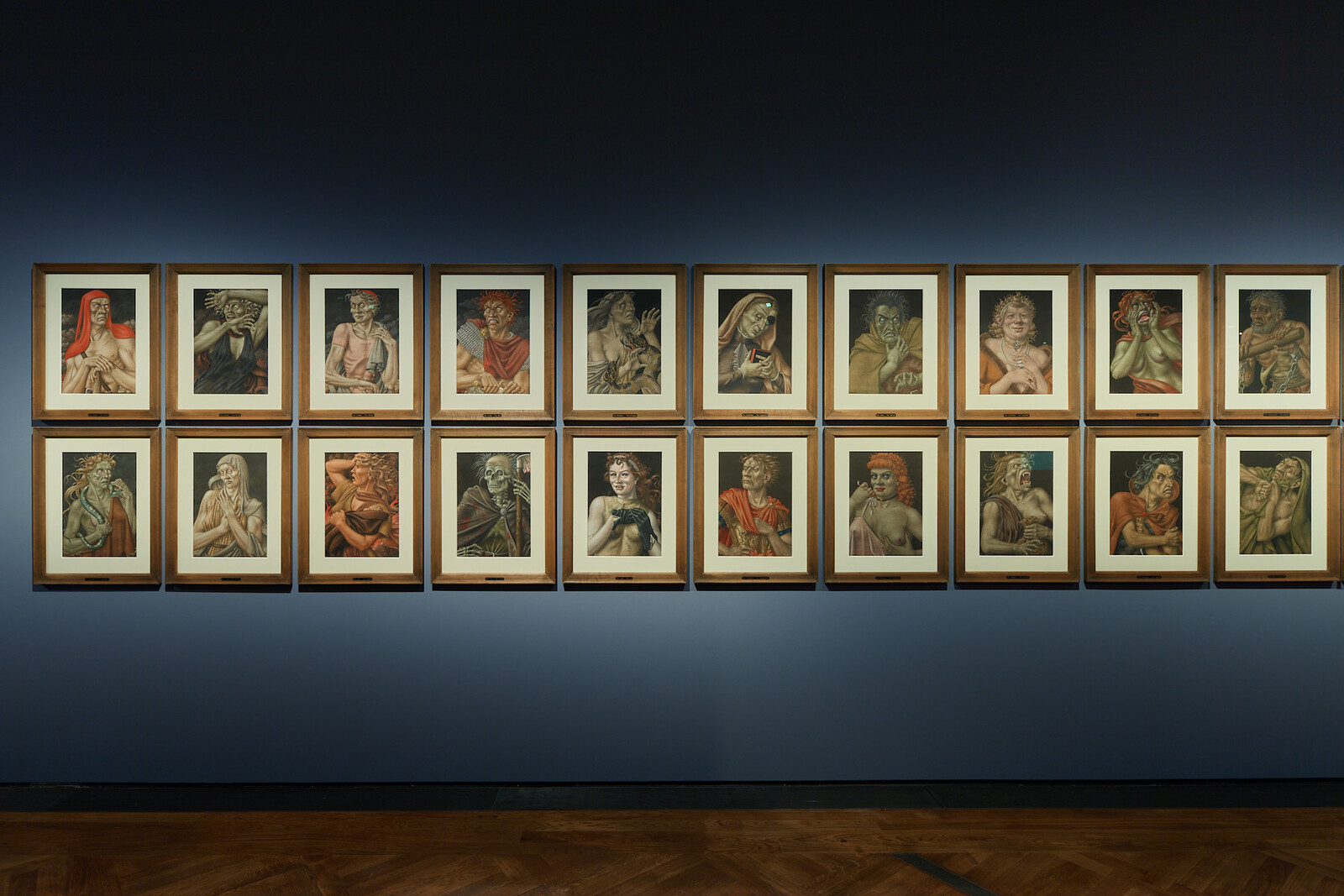Alberto Toscano, Late Fascism
Long before Nazi violence came to be conceived as beyond comparison, Black radical thinkers sought to expand the historical and political imagination of an anti-fascist left by detailing how what could be perceived from a European or white vantage point as a radically new form of ideology and violence was in effect continuous with the history of (settler-)colonial dispossession and racial slavery.
Screening and discussion: Marta Popivoda, Landscapes of Resistance
Screening and discussion: Clemens Von Wedemeyer
According to the ministry’s description, the colony was designed “not only for therapeutic goals, but also for those of education and propaganda.” It had to be “welcoming and reassuring in order to leave an indelible trace in the mind of the Italian youth” and create fascist political consensus.
The rise of neo-Nashism serves as a peculiar, stinky example of a much broader, even global form of flesh-indulging fascism that circles around the historical avant-garde’s rotting corpse.
It is only in psychopathological terms that this geopolitical dynamic can be deciphered, as the Afghan defeat has crystallized the perception of an inevitable decline of Western supremacy. The Western mind is reacting with a panicked psychosis that could herald a suicidal act. Nothing can interrupt the dynamic of this intersection of paranoid delusions. The only thing we—as intellectuals, as activists, as therapists searching for new subjectivities—can do is prepare for chaos and imagine lines of flight.

